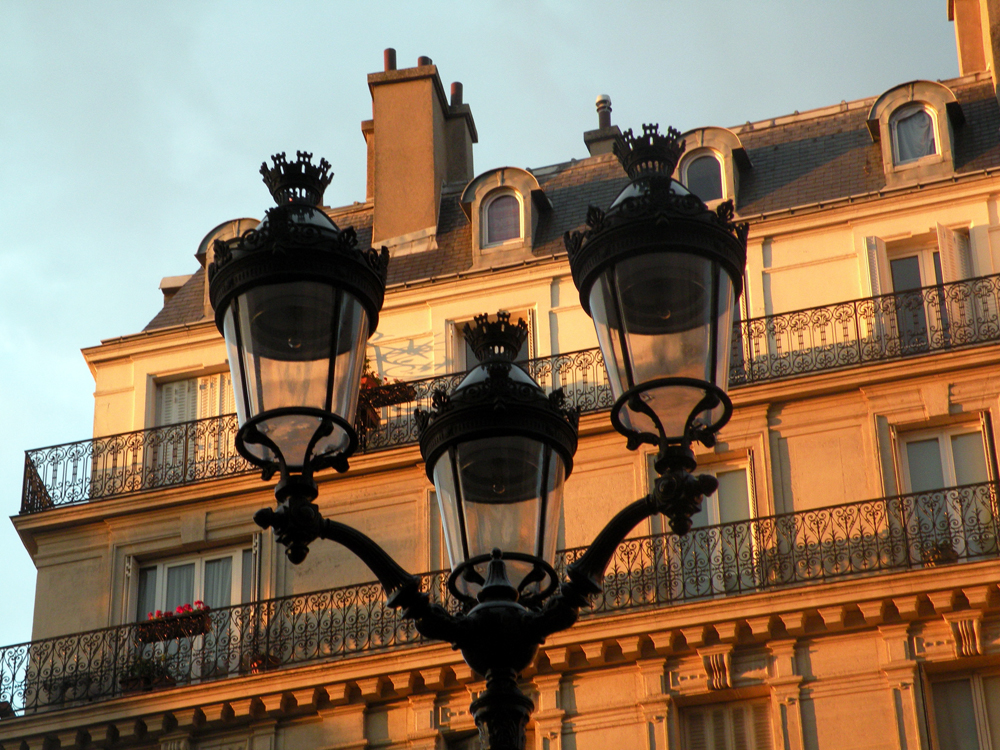In mid-October, the Kimbell Art Museum’s Renzo Piano Building will be home to a sumptuous exhibit of work by 19th-century modernist J. M. W. Turner.
That’s right – Turner the modernist.
“It’s almost abstract expressionism,” says George Shackleford, senior deputy director at the Kimbell. “Turner was much less interested in getting it accurate, but in getting it true.”
“Turner’s Modern World” will open to the public in Fort Worth on Oct. 17, with 120 works in oil, watercolor, pencil, ink – and one engraving. “It’s a huge range,” he says.
Many are from the Kimbell, the Boston Museum of Fine Art, the Cleveland Museum of Art and the Yale Center for British Art, but the bulk comes from Turner’s native Great Britain. Monumental oil paintings – some five feet tall and eight feet wide – will anchor the show. But the smaller watercolors and drawings will hold their own. “The watercolors give you texture and more detail,” he says. “The sketches show him as a researcher.”
Turner lived from 1775 to 1851, and at age 14 was admitted to the Royal Academy of Art. His work could be based on mythology or landscapes, or abstracted visions of Rome, Venice or London. “He was all over the map,” he says.
He was painting at the start of the Victorian era, but eschewed that narrative style. While others painted railroads, Derby Day, couples in love or hate – the kind of sentimental works that were obsessed with details – Turner skipped all that. “He just wasn’t buying it,” Shackleford says. “He was exceeding people’s comfort level by doing work so fantastic and almost heretical – it was so free and lacking in detail.”
His work is about translating nature into art in emotional terms, with a poet’s sensibility – through his own temperament and vision. “You’ll see the pastoral landscape on one hand or a storm at sea on the other,” he says. “He was an artist of his own time, but transcended the day-to-day in most of his work.”
And he made modern subject matter – a steamboat or a factory smokestack – appealing aesthetically, especially with a deft contrast of light and dark. “Darkness is one way to make light seem more powerful,” he says. “To put the sun in a dark cloud makes it seem piercing red.”
Interested in the effect of light as it moves through the atmosphere, Turner focused on how it refracts and reflects, and mitigated by things happening in the air. “His embrace of pollution as a subject – the notion of steam and smoke billowing into the atmosphere as manmade weather – is part of his effort to depict light,” he says. “He often pointed out its absence as well – a smokestack blocking out the light becomes a shadow or silhouette.”
The contrasts of color – or the lack of it – play a major role in his work. “There are moments when he uses intense color, like the sunset behind Napoleon,” he says. “Then there’s the “Burial at Sea – it’s an essay in black-and-white.”
Turner’s influence on other artists was immediate and long-lasting, because his work was so free and improvisational. So surely Whistler and Monet were attracted to and affected by him. “Classically, he allowed the subject matter to almost go away completely,” Shackleford says.
And the abstract expressionists of the mid-20th century would know him as well. “Like them, he was interested in freeing up paintings from subjective to gestural,” he says. “Rothko for sure and de Kooning too would know about him,” he says. “Any artist thinking about painting in that way had Turner in their knowledge base.”
The exhibition will run through Feb. 6, 2022. It’s not to be missed.
For more, go here.
[slideshow id=2351]


